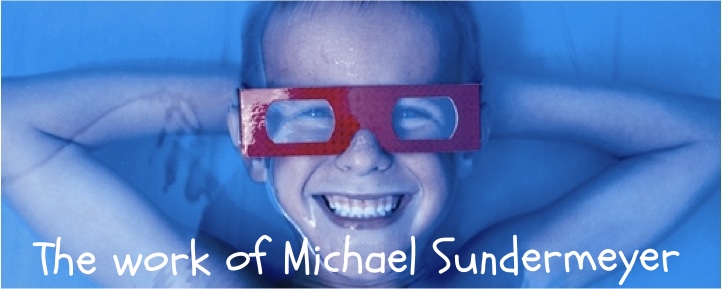This is the story of how "casting" came about.
Back in the Google TV days, while we were designing apps for TV, we were struggling to get the 10 foot interaction model to work well using the traditional "rubber remote".
Websites designed for mouse and mobile apps designed for touch had to be re-designed and built for TV, and even then, the experience was ok but not great. Something about the interaction from 10 feet away made it difficult.
We tried everything: wands, gestures, voice... even blinking your eyes to select a button on the screen. Nothing was as good as touch screens.
So it occurred to us that most people already have all the power they need in their pocket. Their smartphone is already a movie theater, a jukebox, a game machine, and a photo album. It has a great touch-based interaction model, it is doubling in power every year, and you already know how to use it. And best of all, it knows YOU.
And so, the Cast model was born. But... easier said than done. There were several key experiences we had to get right.
FIRST, we had to make the phone a great remote control. Touch is a great interaction model, but phones haven't traditionally made very good TV remotes.
There are many issues we had to tackle, such as:
You shouldn't have to UNLOCK the phone to pause a video
Your BATTERY shouldn't die in the middle of watching a movie
You shouldn't have to find the TV remote to turn on the TV, switch inputs, and change the volume
We ended up doing more then 30 rounds of intensive user testing, including observing long-term usage in houses around the country, to work out many of these kinks.
SECOND, we had to make it a shared experience. Others will be in the room and will want to watch the show, not see you fiddling around with the menus. So we separated the user interface from the viewing (or listening or playing) experience.
A shared experience also means that others will want to contribute, or need to take control: add to the queue, play their music, show their funny video, or pause whatever is playing. So we had to create an easy to join, shared model of control.
THIRD, we had to make the experience available from EVERY device and every app. Living rooms have many kinds of devices, and we all love our apps. The more apps that can cast and the more devices that can take control, the more seamless it will be.
So, we created a cross-platform model for Android, iOS, and Web, and a simple cast button that you can touch from any app, to make it all happen.
The result has been something simple but powerful, a way to control any media in the home from the device in your pocket, and we even created a verb in the process: "To Cast". We still have a long way to go to change old habits, but that's the challenge and excitement of the journey.
